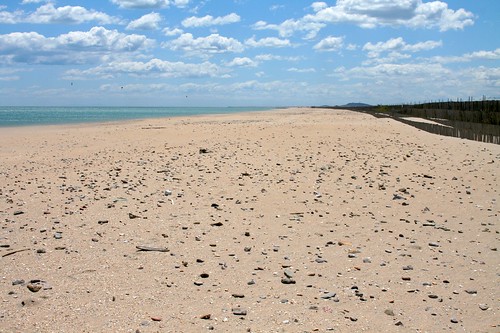 The week was short because I took few days off in the South of France to relax a bit, read some books, visit old cities and focus on reviewing projects from my students at the University of Art and Design in Geneva (HEAD-Geneva). They basically had to conduct a short field study about a topic of their own, observe people's practices and produce design implications for this. Some comments about their work:
The week was short because I took few days off in the South of France to relax a bit, read some books, visit old cities and focus on reviewing projects from my students at the University of Art and Design in Geneva (HEAD-Geneva). They basically had to conduct a short field study about a topic of their own, observe people's practices and produce design implications for this. Some comments about their work:
- The range of research questions was broad: how people behave in conferences, where people leave their cell-phones at home, how people keep track of their todos, how people choose clothes in shops, how people keep track of time. It's funny to contrast students which are more into the arty side of design and these which are into industrial design projects. While the former literally re-appropriate field study techniques to their own needs (finding ideas), the latter are following the methods to the letter and are sometimes less creative than I expected.
- Although I have shown them various methodologies and insisted on the use of photography, the majority only relied on interviews. Speaking of which, some students still confuses an f2f interview and a questionnaire (paper-based or on-line) but I guess this is linked with my next point.
- 1-2 students are super lazy, which is a classical %
- The toughest part of the job is to produce original, meaningful and creative design implications. Extracting peculiar insights, constant design patterns, issues, problems and potential solution is one thing but turning them into more tangible aspects is difficult. Some proposed interesting conclusions, others carefully crafted personas or use cases while others listed few bullet points. I think I will spend even more time next year on this part to show them how to go beyond the classical formats I've shown them.
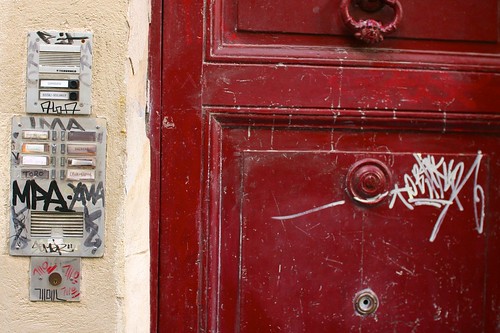
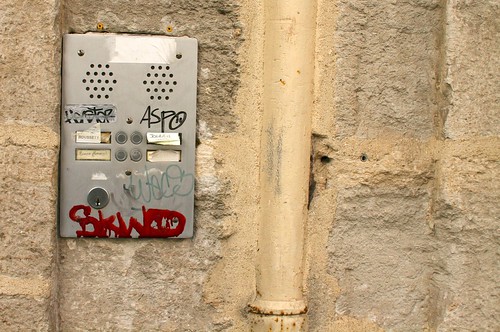
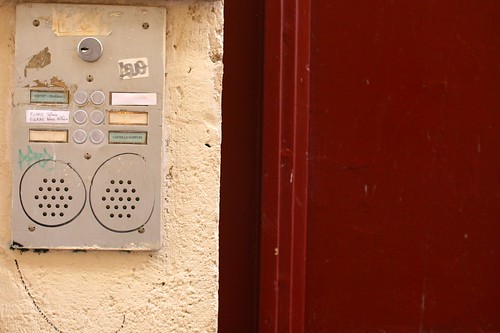
On a different note, I took plenty of pictures of intercoms (in French they're called "interphone"). I don't really know why but it became an obsession in the previous weeks. It was perhaps caused by the fact that the old town in Montpellier featured remarkable instances of these devices. The contrast between the old stone walls and these modern elements made of steel and graffitis was inspiring. The stickers used to indicate new names as well the written information (names, name origins, use of capitals, presence of surname, etc.) seems pretty informative too. At some point, I may use this material in a project about communication and architecture; i still need to find why this is interesting.
Finally, I worked on 3 research papers, trying to pursue academic work in parallel with consulting/conference business. Two of them have been accepted in a design magazine and a HCI conference. The third one has been submitted to a workshop at Ubicomp 2010.

Back to Geneva, I spent most of my time at the Lift offices working on the preparation of the upcoming Lift France 10 conference. I spent time in conference call with various speakers to discuss their speech and discuss communication matters with the local PR agency. We're almost there.





 Finally had some time to watch
Finally had some time to watch 


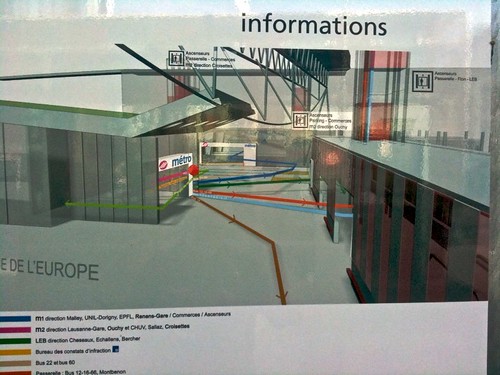









 Some interesting insights about gestural interfaces, the Wii and
Some interesting insights about gestural interfaces, the Wii and  For researchers and designers interested in urban informatics and architecture, the
For researchers and designers interested in urban informatics and architecture, the 


 Last week-end was a sort of retreat/holiday to recover from
Last week-end was a sort of retreat/holiday to recover from 



 Pedometers connected to video-games are more and more complex, as attested by this
Pedometers connected to video-games are more and more complex, as attested by this 